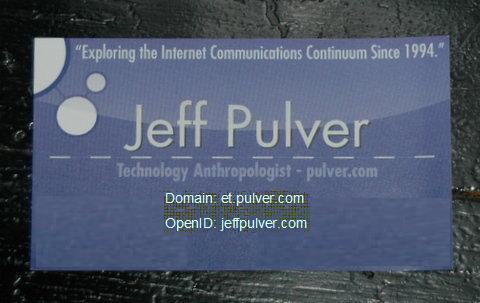Affirmation of Some of Design Choices
Jan 4th, 2008 by Aswath
Yesterday Robert Scoble used a tool from Plaxo to scrape Facebook to retrieve information about his friends. But Facebook deemed it a violation of its Terms of Service and blocked his account, though subsequently it was unblocked. But the more interesting aspect of this episode is the ensuing discussion. It is reassuring to know that some of the salient points people made is in line with the design philosophies and service objectives of EnThinnai.
For example, Marc Cantor feels that opt-in control would solve the problem. He states:
By providing an explicit opt-in mechanism end-users would have to check “YES – I want to allow my email address to be exported inside of my friend’s lists of their friends“, which at that point who are YOU Mr. Social Network vendor – to prevent me from doing what my friend’s say is OK? … Certainly it’s a great day for … DataPortability.org.
Of course in EnThinai, users can identify who has access to any stored information, not just contact information. Additionally, the permission list can be dynamically modified.
Dave Winer wants Facebook to learn from this episode and open up their network.
It’s a big effin loop we’re in. One of these times around one of the companies that feels (incorrectly) that they have a lock on their users, will voluntarily give it up and be a leader in Generation N+1. I’ve never seen it happen, but in theory I think it could.
However, if Facebook doesn’t open up and allow people a system to say who can access what information, we still have to create that system somehow. Google could have done it, but they didn’t. Same with Yahoo or Microsoft. These companies don’t want to empower the users, but if they studied history, they’d see that the evolution of computers always comes in fits and starts. A period when the technology is new and people are snowed by the companies and let them have full control. Gradually people understand what’s going on, and figure out they’re being screwed but they accept it. And then explosively the whole thing disintegrates in a new layer of technology.
Dare Obasanjo feels that data portability folks don’t go far enough. He says that they “want to make it easy for you to jump from service to service. I want to make it easy for users of one service to talk to people on another service.”
But this time the technology like OpenID, OAuth are at hand. So it is feasible to realize this vision. This is the path we are taking at EnThinnai. Actually with EnThinnai users run their own autonomous social network and exchange information with their friends.

